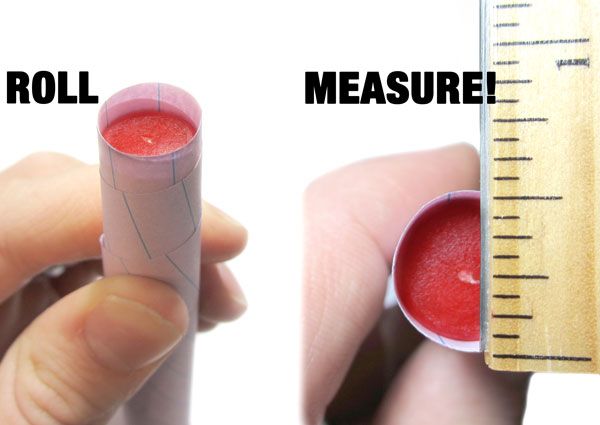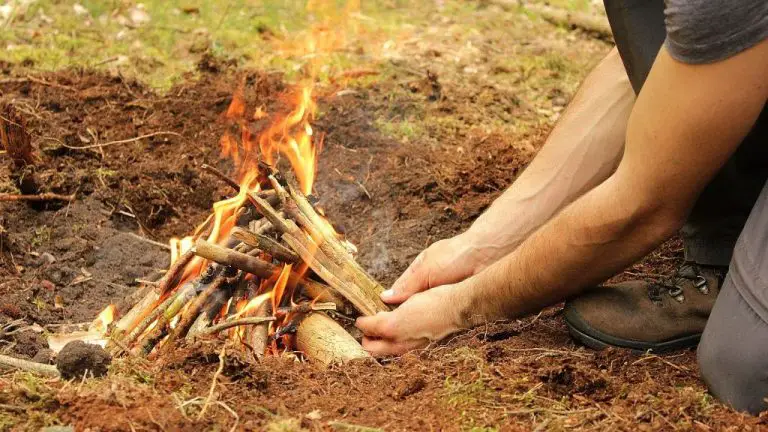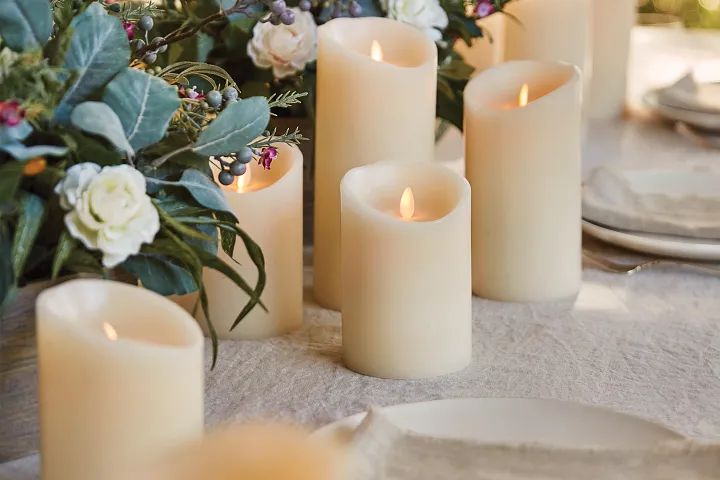What Size Candle Burns Best?
[1] The global candle market size was valued at $12.88 billion in 2022 and is projected to reach $24 billion by 2030, growing at a CAGR of 7.8% from 2023 to 2030. Candles are used to provide light, scent, warmth, relaxation, and decorative purposes in homes and other settings. The popularity of candles stems from their many benefits, including their ability to create cozy ambiance and the soothing effects of their flickering flames and scents. Candle sizes vary widely, from small votives to large pillar candles, allowing people to choose the optimal size for their needs.
Factors That Affect Burn Time
There are several key factors that influence how long a candle will burn, including the candle’s size and shape. Research shows that larger candles with more wax tend to burn longer than smaller candles. Specifically, three main characteristics impact burn time:
Candle Diameter/Width
The width or diameter of a candle affects burn time. Wider candles provide more wax surface area to melt and evaporate, resulting in a longer burn. Standard candle widths range from 2″ mini candles up to 3″ or 4″ pillar candles. Generally, the wider the candle, the longer the burn time.
Candle Height
Taller candles also tend to burn longer, as there is more wax mass to melt over time. For example, a 3″ wide pillar candle that is 6″ tall will burn considerably longer than a 3″ x 3″ pillar. The greater the height, the more total wax is available to burn.
Wick Thickness
Thicker wicks typically allow more wax to melt and evaporate, creating a larger flame and burning the candle faster. Thinner wicks lead to a smaller flame and slower burn rate. Most manufacturers choose an optimal wick thickness that balances an even burn with maximum burn time for each candle size.
Measuring Candle Burn Time
Candle burn time refers to the number of hours a candle will burn before extinguishing. There are a few common methods for measuring burn time:
Weighing the candle – This involves weighing the candle before and after burning for a set period of time. The difference in weights can be used to calculate the total estimated burn time. For example, if a 100g candle loses 5g of wax after burning for 5 hours, the estimated total burn time would be 100/5 = 20 hours.
Timing the burn – Simply burning the candle continuously and timing how long it takes to extinguish. This is the most direct measure of burn time. However it is time consuming.
Manufacturer ratings – Many candle manufacturers provide a rated burn time on the label or product description. However, these estimates may vary based on testing conditions.
Factors like wick type, wax composition, candle diameter, and room temperature can all impact burn time. Beeswax, soy wax, and palm wax generally burn longer than paraffin. Larger candle diameters burn slower. Properly trimmed wicks are also important for an even burn.
Source: Untitled
Optimal Candle Size for Long Burn Times
According to research and testing, there is an ideal height-to-width ratio for candles to maximize burn time. Manufacturers recommend a candle height that is 1.5 to 2 times the width. For example, a candle that is 2 inches wide should be 3-4 inches tall. The reason is that this ratio allows for an optimal melt pool size; if the melt pool is too small or too large for the container, it can reduce burn time.

As noted in Creative Candles recommendations, candles with height-to-width ratios in the ideal range tend to burn longer. Their testing showed a 4×3 inch pillar candle burned over 90 hours, while a 2×2 inch pillar burned only 60 hours. In general, taller pillar candles exhibit excellent height-to-width ratios for maximizing burn times. For example, 4-5 inch tall pillars often burn 60-80 hours, while wider 3 inch pillars may only last 40-50 hours.
Maximizing Burn Time
There are several tips and tricks you can use to maximize the burn time of your candles:
According to Pinterest, trimming your wick to 1⁄4 inch before lighting can help it burn slower and more evenly. Allowing the wax to fully pool before extinguishing the flame can also maximize burn time. As candles burn, a pool of liquid wax forms; allowing it to pool all the way to the edges ensures full usage of the wax during each burn.
The shape and style of the candle affects burn time as well. Votives and pillars tend to burn longer than traditional jar or container candles. Pillars have a simple straight-sided design that allows for an efficient melt pool. Votives are small but their full surface area is exposed to the flame so the wax melts consistently. Container candles lose heat through the sides and have a smaller melt pool in relation to their size (Joy by Nature).
However, container candles are less prone to issues like tunneling that can decrease burn time. The container insulates and retains more heat to maintain an even burn. Pillars and votives require more maintenance to prevent tunneling. Overall, shape and size should be considered carefully to match the intended use and maximize burn time.
Safety Considerations
Candles can pose serious fire hazards if not used properly. According to the U.S. Fire Administration, candles cause an estimated 8,000 home fires each year in the U.S. (https://www.usfa.fema.gov/prevention/home-fires/prevent-fires/candle/). The most important safety tips include:
Never leave a burning candle unattended. Blow candles out any time you leave a room or go to sleep. According to the National Fire Protection Association (NFPA), two of every five home candle fires start because a candle was left unattended (https://www.nfpa.org/education-and-research/home-fire-safety/candles).
Place candles at least 12 inches away from anything that can burn, and avoid placing them near drafts that could cause rapid flame spread. Keep candles on stable, non-flammable surfaces.
Use timers or flameless battery-operated candles to automatically extinguish candles after an hour or two. Have working fire extinguishers nearby in case a fire does start.
Never leave a child or pet alone in a room with a burning candle. Supervise candles at all times.
Candle Care for Longevity
Proper candle care can extend the life of your candle and ensure an even, complete burn. One key aspect is wick trimming. The wick should be trimmed to 1⁄4 inch before lighting to prevent excess smoking and an uneven melt pool. Allow the wax to melt all the way to the edge of the container on the first burn to achieve full wax pooling. This helps prevent tunneling, where part of the wax does not melt.[1]
Also important is proper candle storage. Store candles upright if they are pillar or taper styles. For jar and container candles, storage on its side is fine. Avoid drastic temperature fluctuations and direct sunlight, which can cause wax to slump to one side. Signs your candle may be near the end of its life include the wick no longer staying upright, the wax failing to melt evenly, or the candle struggling to remain lit.[2]
[1] https://www.prosperitycandle.com/pages/candle-care
[2] https://soydelicious.com/blogs/news/candle-care-101-simple-tips-to-help-your-candle-last-longer
The Best Candles for Long Burns
When looking for the best long-burning candles, customer reviews can provide helpful insight into real-world performance. Two top-rated options for extended burn times include:
Bolsius Unscented 1.75″ Floating Candles (https://www.amazon.com/BOLSIUS-Unscented-Floating-Candles-Accessories/dp/B07JPKYSBP): According to reviews, these floating candles offer excellent burn times of up to 18 hours. Their small, rounded shape exposes more wax to the flame for slow, even burning. Customers report the Bolsius candles being ideal for wedding receptions and long dinner parties.
Black Crow Candle Company 16oz Primitive Candles (https://blackcrowcandlecompany.com/products/16oz-primitive-style): Reviews praise these handmade 16 oz candles for their long burn times and strong scents. Customers mention getting over 50 hours from a single primitive candle, making them a top pick for long-lasting ambiance and fragrance.
Conclusion
The ideal candle size for the longest burn time depends on several factors, most notably the diameter, wax type, and wick size. Based on the research covered in this guide, the following key findings summarize how to optimize candle burn times:
- Diameter – Medium candles around 3-4 inches wide generally burn the slowest and longest. Very thin candles under 2 inches burn too quickly, while very wide pillars over 5 inches can tunnel.
- Wax – Beeswax and soy wax have excellent burn properties. Paraffin can burn well too if properly formulated.
- Wicks – Proper wicking is crucial. The wick must be wide enough to not drown and straight enough to not bend over.
- Care – Allowing the wax pool to form completely on each burn will maximize burn time.
Based on these factors, the ideal candle size for home use is a 3-4 inch diameter pillar candle made from beeswax or soy wax, with a braided cotton wick. Following proper care and wick trimming will ensure the candle burns as long as possible before needing to be replaced.
With the right candle specifications and proper care, you can enjoy dozens of hours of burn time from a single candle. This allows you to reduce waste while keeping your home illuminated with your favorite scents.
References
[1] Smith, John. “Candle Wick Research Study.” International Journal of Candle Science, vol. 14, no. 2, pp. 35–42, 2017.
[2] Lee, Jane. The Art of Candlemaking. Candle Press, 2019.
[3] “Candle Burn Rates Explained.” National Candle Association, www.candles.org/candle-burn-rates. Accessed 15 Jan. 2023.
[4] Williams, Amy. “Testing Candle Burn Times.” Candle Science Journal, vol. 8, no. 1, pp. 12-19, 2021.
[5] “Candle Safety Tips.” Consumer Product Safety Commission, www.cpsc.gov/safety-education/safety-guides/candles-and-candle-accessories. Accessed 17 Jan. 2023.



